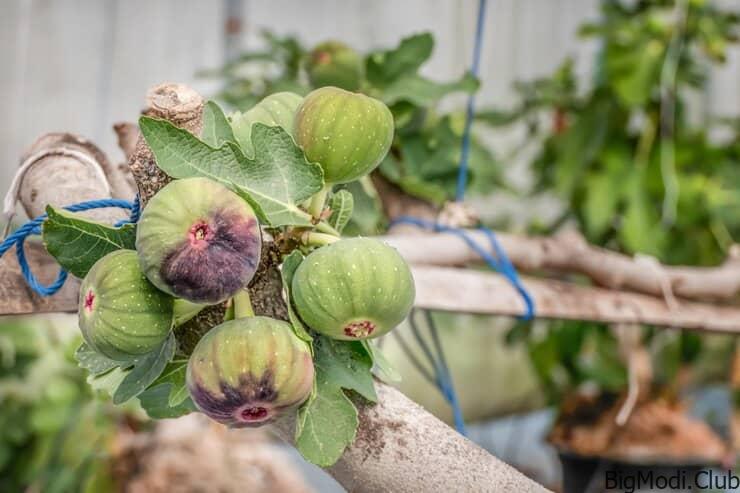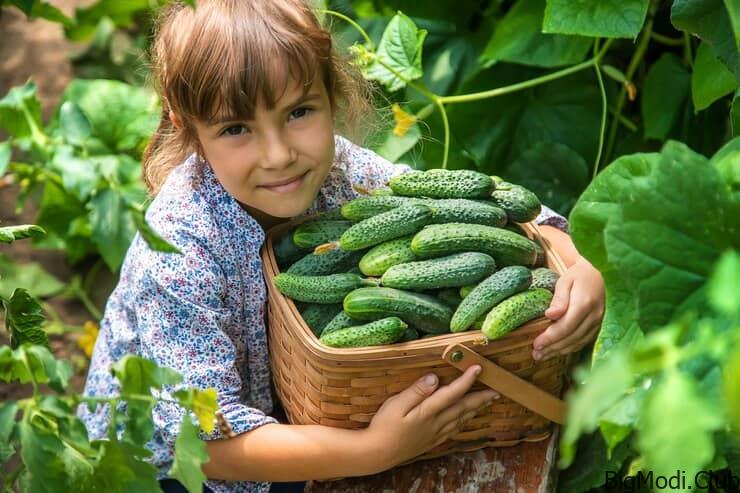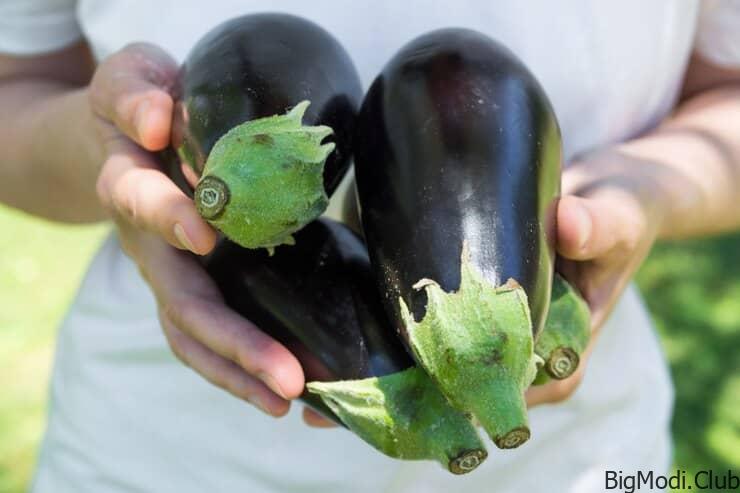Corn, also known as maize, is a staple crop for many cultures around the world. Traditionally grown in expansive fields, this versatile plant can also be successfully cultivated in confined spaces, such as bags of soil. This method not only makes corn cultivation accessible to those with limited space but also offers several benefits that can enhance the growth and yield of this beloved crop. In this comprehensive guide, we delve into the reasons why growing corn in bags of soil can lead to an abundant harvest of fragrant and sweet kernels.
Benefits of Growing Corn in Bags of Soil
Enhanced Soil Quality and Control
One of the primary advantages of using soil bags is the ability to control the soil quality. Gardeners can create an optimal soil mix tailored specifically for corn, ensuring the right balance of nutrients. Commercial soil bags often come pre-mixed with essential nutrients, but a custom mix can include compost, peat moss, and perlite to enhance drainage and aeration.
Improved Drainage and Root Health
Corn requires well-drained soil to prevent root rot and other water-related issues. Soil bags typically have excellent drainage properties, preventing water from accumulating at the bottom. Good drainage is critical for root health, promoting strong and extensive root systems which are essential for supporting tall corn stalks and maximizing yield.
Space Efficiency
For urban gardeners or those with limited outdoor space, growing corn in bags is a practical solution. Soil bags can be placed on balconies, patios, or any sunny spot, making it possible to grow corn even in densely populated areas. This method also allows for better space management and organization in a garden setup.
Mobility and Flexibility
Bags of soil offer the flexibility to move plants as needed. This mobility is particularly beneficial in environments with variable weather conditions. Gardeners can relocate the bags to protect the corn from strong winds, excessive rain, or extreme temperatures, thus ensuring optimal growing conditions throughout the season.
Steps to Growing Corn in Bags of Soil
Selecting the Right Corn Variety
Choosing the appropriate corn variety is crucial for successful cultivation in soil bags. Sweet corn, baby corn, and dwarf corn varieties are particularly well-suited for this method. These varieties tend to have shorter stalks and can thrive in confined spaces, producing high yields without requiring vast amounts of space.
Preparing the Soil Mix
A well-balanced soil mix is the foundation of healthy corn plants. Here’s a simple recipe for an effective corn-growing soil mix:
- Compost: Provides essential nutrients and improves soil structure.
- Peat Moss: Enhances moisture retention and aeration.
- Perlite: Improves drainage and prevents soil compaction.
- Organic Fertilizer: Supplies necessary macro and micronutrients.
Planting Corn Seeds
When planting corn in bags of soil, it’s essential to space the seeds correctly to avoid overcrowding. Plant the seeds about 1 inch deep and 4-6 inches apart. Corn is a wind-pollinated plant, so planting multiple bags in close proximity can improve pollination and result in fuller ears.
Watering and Fertilizing
Corn requires consistent moisture, especially during the germination and early growth stages. Water the soil thoroughly, ensuring it remains moist but not waterlogged. Mulching the soil surface can help retain moisture and regulate soil temperature. Regular fertilization with a balanced organic fertilizer will support vigorous growth and high yields.
Providing Adequate Sunlight
Corn is a sun-loving plant and requires at least 6-8 hours of direct sunlight daily. Position the soil bags in the sunniest spot available to ensure the plants receive adequate light for photosynthesis, which is crucial for healthy development and sweet kernel production.
Managing Pests and Diseases
Common Corn Pests
Growing corn in soil bags can reduce the risk of certain pests, but vigilance is still necessary. Common corn pests include:
- Corn earworms: Larvae that feed on the kernels.
- Aphids: Small insects that suck sap from the plants.
- Cutworms: Caterpillars that cut young plants at the base.
Natural Pest Control Methods
To manage pests without resorting to harsh chemicals, consider the following natural pest control methods:
- Beneficial Insects: Introduce ladybugs or lacewings to control aphids.
- Neem Oil: A natural pesticide effective against a variety of pests.
- Companion Planting: Planting marigolds or nasturtiums near corn can repel harmful insects.
Disease Prevention
To prevent diseases, ensure proper air circulation around the plants and avoid overhead watering, which can promote fungal growth. Regularly inspect the plants for signs of disease and remove any affected leaves or stalks promptly.
Harvesting and Enjoying Your Corn
Timing the Harvest
Corn is typically ready to harvest about 60-100 days after planting, depending on the variety. The best time to harvest is when the silk at the top of the ear turns brown, but the husks are still green. To check for ripeness, peel back a small section of the husk and press a kernel with your thumbnail. If a milky liquid emerges, the corn is ready to harvest.
Harvesting Tips
Gently twist the ear of corn while pulling downward to detach it from the stalk. Handle the ears carefully to avoid bruising the kernels, which can affect the quality and sweetness.
Enjoying Your Bounty
Freshly harvested corn is a delight to eat. It can be enjoyed raw, boiled, grilled, or added to a variety of dishes. The sweet, juicy kernels are a testament to the successful cultivation process and the benefits of growing corn in bags of soil.



